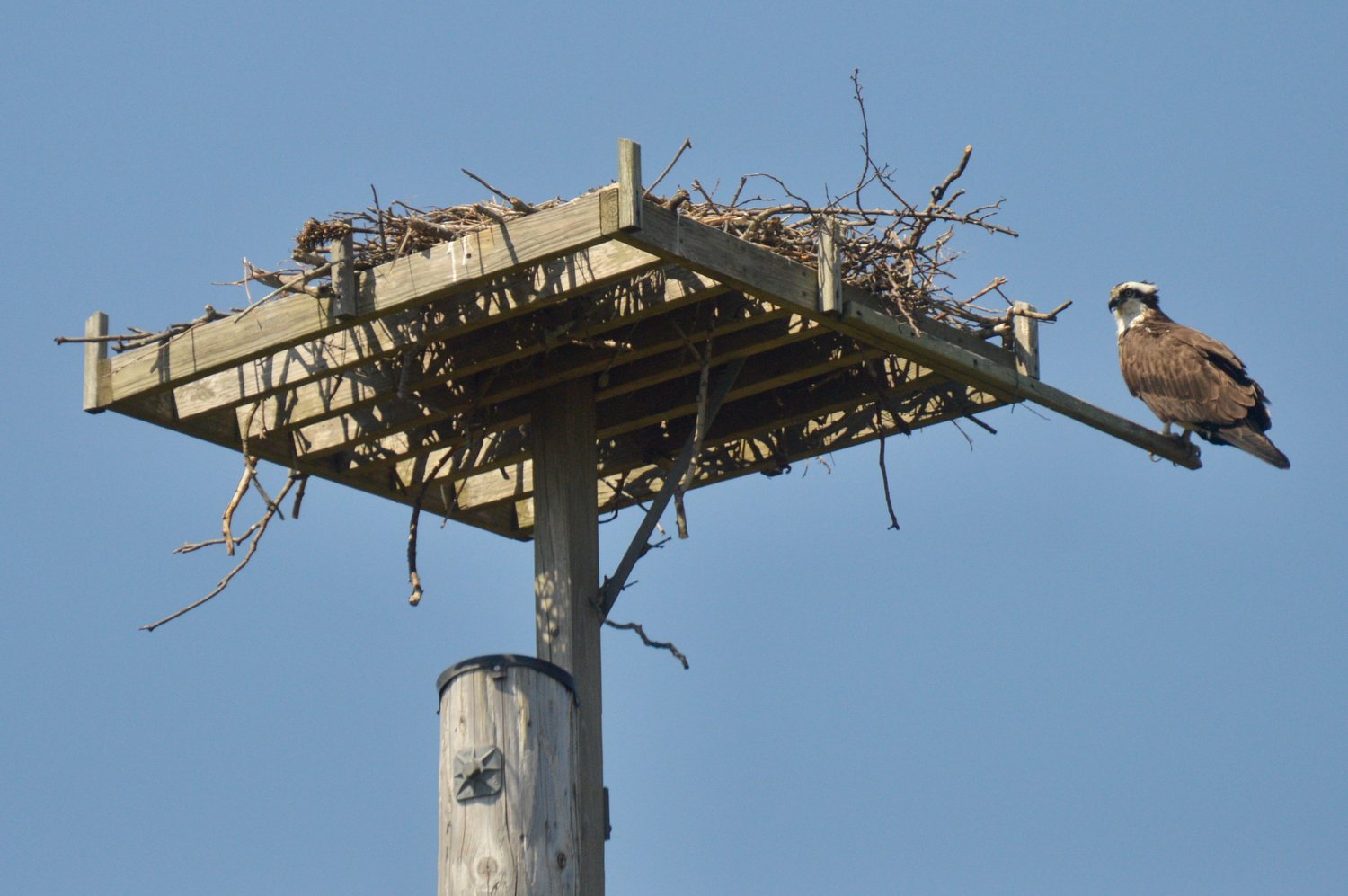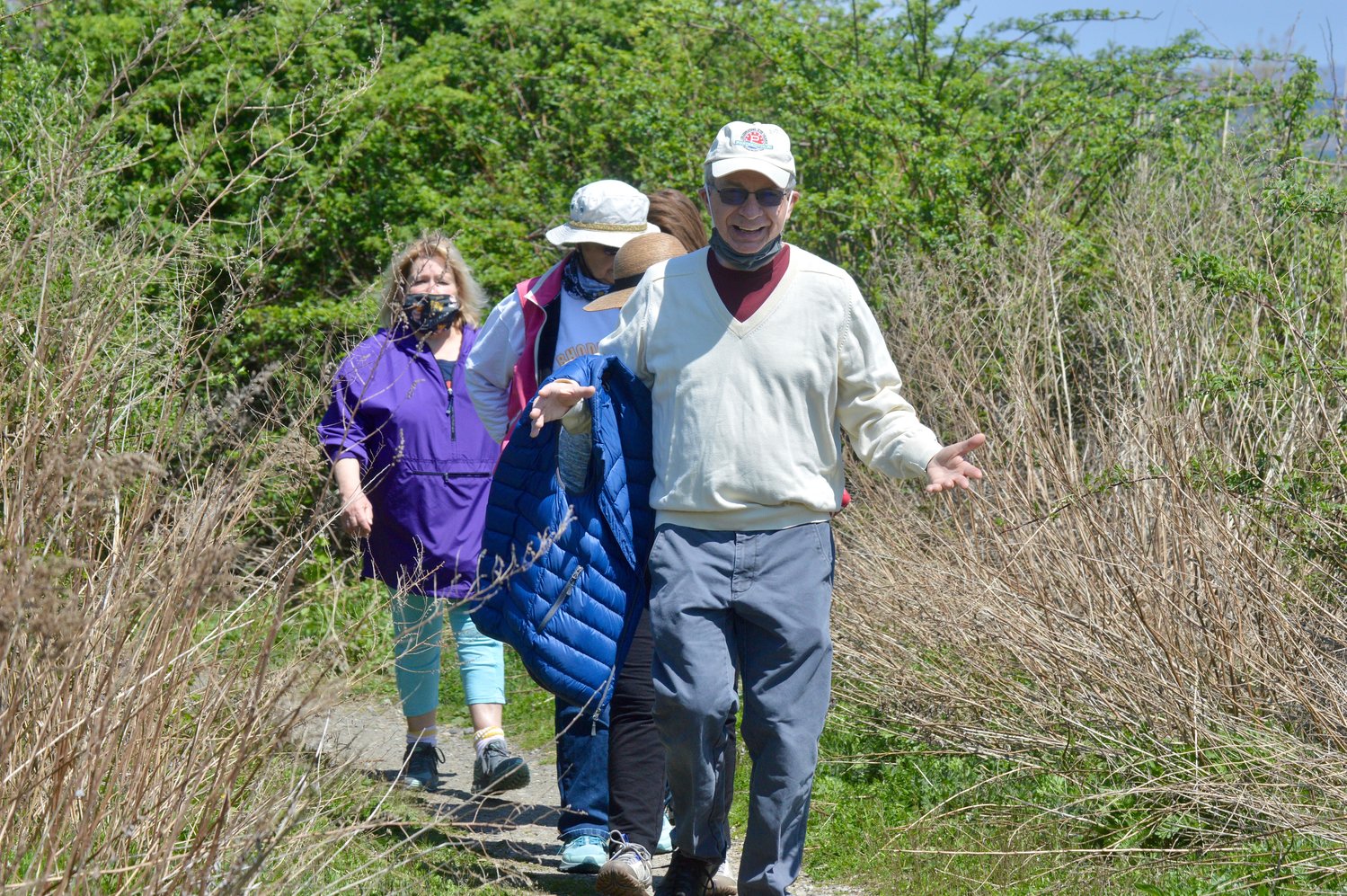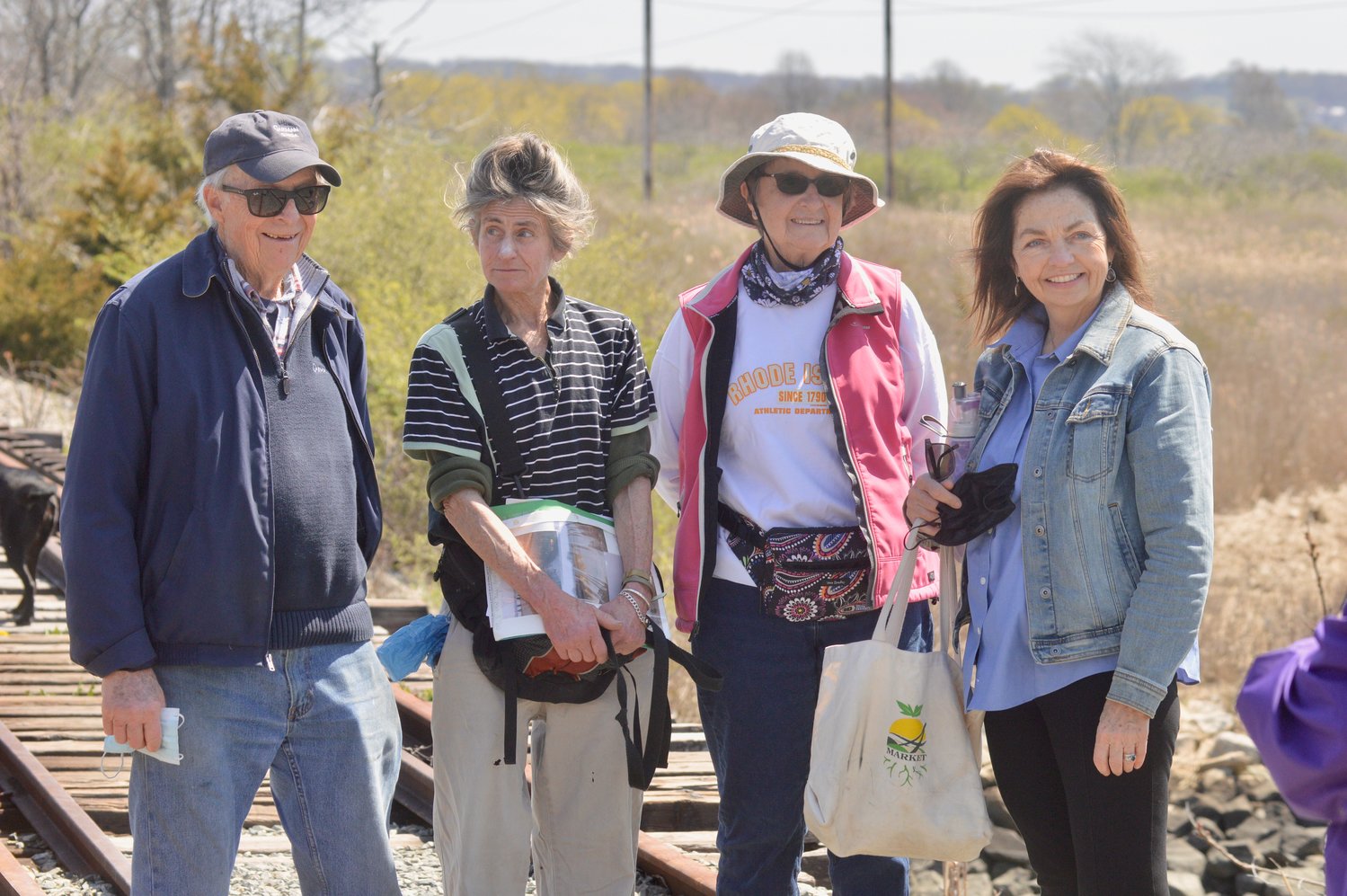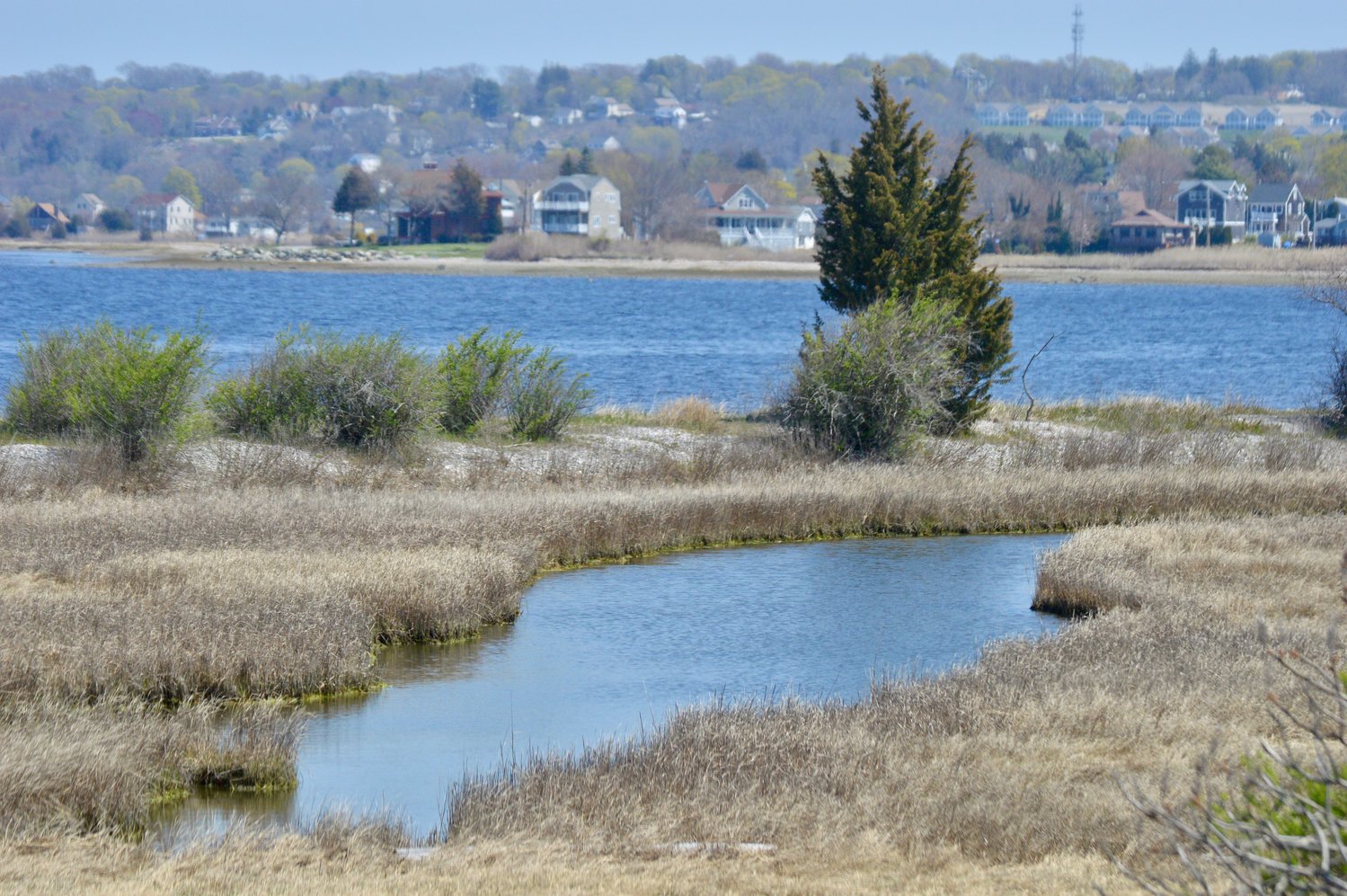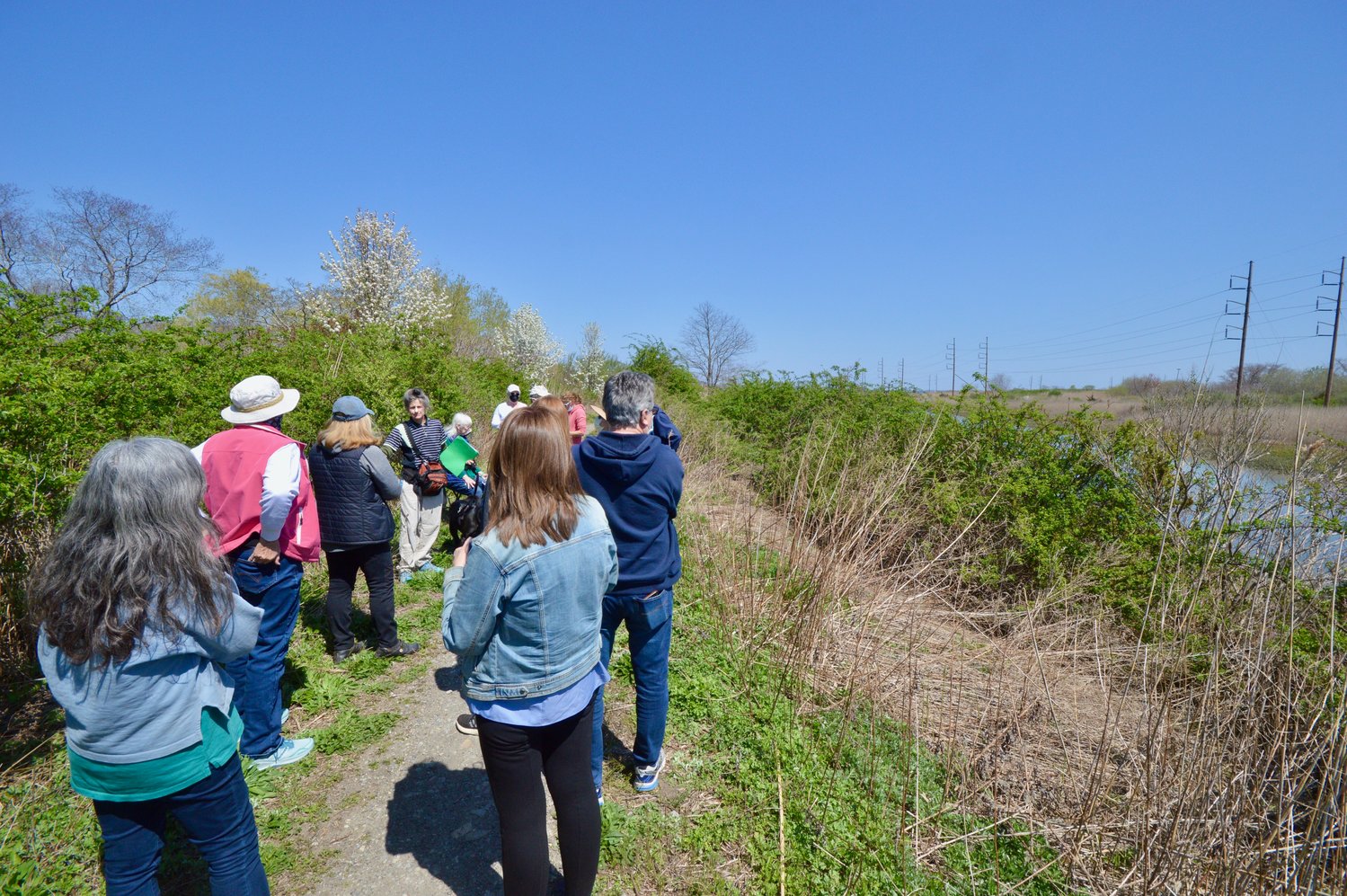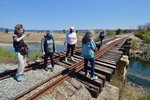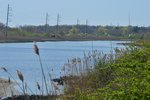- TUESDAY, APRIL 16, 2024
Following Anne Hutchinson's route into Portsmouth
Conservation Commission hosts tour of Town Pond, where early settlers arrived in 1638
PORTSMOUTH — You’ve driven by it countless number of times but probably haven’t given it a second thought.
This item is available in full to subscribers.
Please log in to continue |
Register to post eventsIf you'd like to post an event to our calendar, you can create a free account by clicking here. Note that free accounts do not have access to our subscriber-only content. |
Day pass subscribers
Are you a day pass subscriber who needs to log in? Click here to continue.
Following Anne Hutchinson's route into Portsmouth
Conservation Commission hosts tour of Town Pond, where early settlers arrived in 1638

PORTSMOUTH — You’ve driven by it countless number of times but probably haven’t given it a second thought.
But there, just north of the intersection of Anthony Road and Boyds Lane, is where Anne Hutchinson and the earliest settlers first arrived in Portsmouth in 1638.
Town Pond, as it’s known, was once a hub of activity during the settlement 383 years ago, and the town’s Conservation Commission hosted a “walk and talk” there on April 24. A parking lot on Anthony Road, near the intersection with Boyds Lane, provides easy access to a walking trail that skirts the pond.
The tidal salt pond extends from Anthony Road north to Mt. Hope Bay, where Hutchinson — the outspoken Puritan preacher, midwife and herbalist who was banished from Massachusetts Bay Colony in 1637 after being convicted of heresy — entered Portsmouth from Providence in a “flat-bottomed sailboat” along with her many children and other settlers in April 1638, said Gloria Schmidt, one of the presenters at the event.
“Everything thinks she came over from Tiverton, but she didn’t, because they went to Providence,” said Ms. Schmidt, who writes a local history blog, Portsmouth History Notes.
Several of Hutchinson’s male followers, including Portsmouth Compact signers William Coddington and The Rev. Dr. John Clarke (as a woman, Hutchinson could not legally sign the document back then), had already arrived and taken the same route from Providence after making arrangements for a land sale there with the Narragansett Indians.
While the men sailed for much of their trip that began in what is now Boston, Hutchinson and the remaining settlers did it by foot, beginning a six-day walk on April 1, 1638. The group contained Anne’s children: Edward (24), Bridget (19), Francis (17), Anne (12), Mary (10), Katherine (8), William (6), Susan (4), and Zuriel (2). Anne’s daughter Bridget carried month-old son Eliphal.
The pack walked from Wollaston to Quincy, through Braintree, Brockton, Taunton and Pawtucket. “They slept in wigwams and makeshift shelter along the way. Then they took the boat to Providence,” Ms. Schmidt said.
The area around Town Pond was where the early settlers first made their homes, and it was the center of activity. The town’s first tavern, Baulston’s Tavern, was located at the southern tip of the pond, and a training ground was by the nearby brook.
“That tavern was the center of everything,” said Ms. Schmidt. “They didn’t build a church and I think that was on purpose. They didn’t want any uniting of church and state. They were a motley crew.”
Group split following year
Some settlers led by Coddington broke away and founded Newport in 1639, and the town grew to the south. Town Pond remained a tidal pond until around 1950, when dredged material from Fall River was deposited there, creating a mudflat with the area covered by brush.
It wasn’t until the 1990s that efforts began to restore the pond, said another presenter, Mil Kinsella of Common Fence Point, who was one of the leading advocates of the project.
After the pond was finally restored to its natural habitat in the early 2000s, it slowly came back to life. In 2010, the Army Corps of Engineers recorded the wildlife it had observed there: all different types of crabs, blue mussels, moon snails, oysters, and various species of birds, fish and mammals
In other words, pretty much the way it looked when Anne Hutchinson and the other settlers first found it in 1638.
“This is a really important spot. If you come out here, you can really imagine what it was like. It’s really great that we got that back,” said Ms. Schmidt, referring to the restoration.
Conni Harding, who chairs the Conservation Commission, said the group plans to host other similar events at various historical spots in Portsmouth with which many residents may not be familiar.
“Like Heritage Park — no one knows about it,” she said, referring to land on a hill above the transfer station that offers sweeping views of Narragansett Bay. “What a great place to picnic.”
Other items that may interest you


